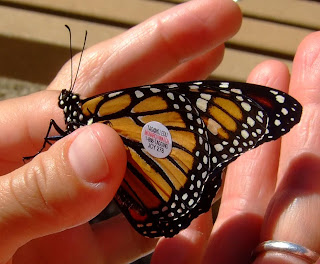There was a time when Americans celebrated Christmas with
what was called a “side hunt.” Groups of men got
together, chose sides and then
marched into the woods to take aim at absolutely any animal that moved. Whichever team returned with the greatest
number of pelts and feathers earned bragging rights.
It’s not hard to imagine the results of such attitudes and
endeavors. At the turn of the 20th
century, American wildlife was in a wide scale decline. Even whitetail deer, so numerous today, were
down to an estimated 300,000, a sliver of their former numbers. Conservationists and, yes, hunters decried the loss of
wildlife and a number of regulations, fees and laws were put into effect that
have had profound benefits for wildlife, ecosystems and Americans.
In 1900, Frank Chapman, an officer of the then-new Audubon
Society, turned the Christmas tradition on its ear and proposed that outdoors men gather to count, rather than shoot, birds on Christmas day. It must have been
mocked by many at the time but his idea took hold has grown into the world’s largest
“citizen science” survey. Well over 60,000 people are expected to participate in
the Audubon Society’s 2012-2013 Christmas Bird Count, or “CBC” as it’s known to
insiders.
Novices and experts alike will gather at chosen locations
and dates (any time from December 14 to January 5 in case you want to spend
Christmas day indoors) and count every bird they see and hear for a 24-hour
period. If you live within one of the designated survey areas, you can just
tally the birds that visit your feeder from the warmth of your home but,
really, getting outside with your friends and family is part of the experience.
 |
| Frank Chapman (click image for more) |
Don’t underestimate its importance either; the project is of
immeasurable value as a scientific study.
The data collected over the past 111 years are “at the heart of hundreds
peer-reviewed scientific studies,” according to Audubon’s chief scientist Gary
Langham. “Because birds are early
indicators of environmental threats to habitats we share, this is a vital
survey of North America and, increasingly, the Western Hemisphere.”
The information has, among other things, documented
northward range expansion of 177 bird species in response to climate change and
has helped identify changes in species’ populations, such as the bobwhite
quail’s recent decline and the recoveries of bald eagles and peregrine
falcons.
So this holiday
season, why not give a little gift to the earth and spend a day counting our
feathered friends? Novices are most welcome and will benefit from working with
the experienced birders that will lead each census. Visit www.Audubon.org
to find a chapter near you and see when and where the nearest count is.
Here’s to the foresight and audacity of Frank Chapman!
Because of him, thousands head into the woods with binoculars instead of
firearms in their Christmas “hunt” for birds. Ho! Ho! Ho!



